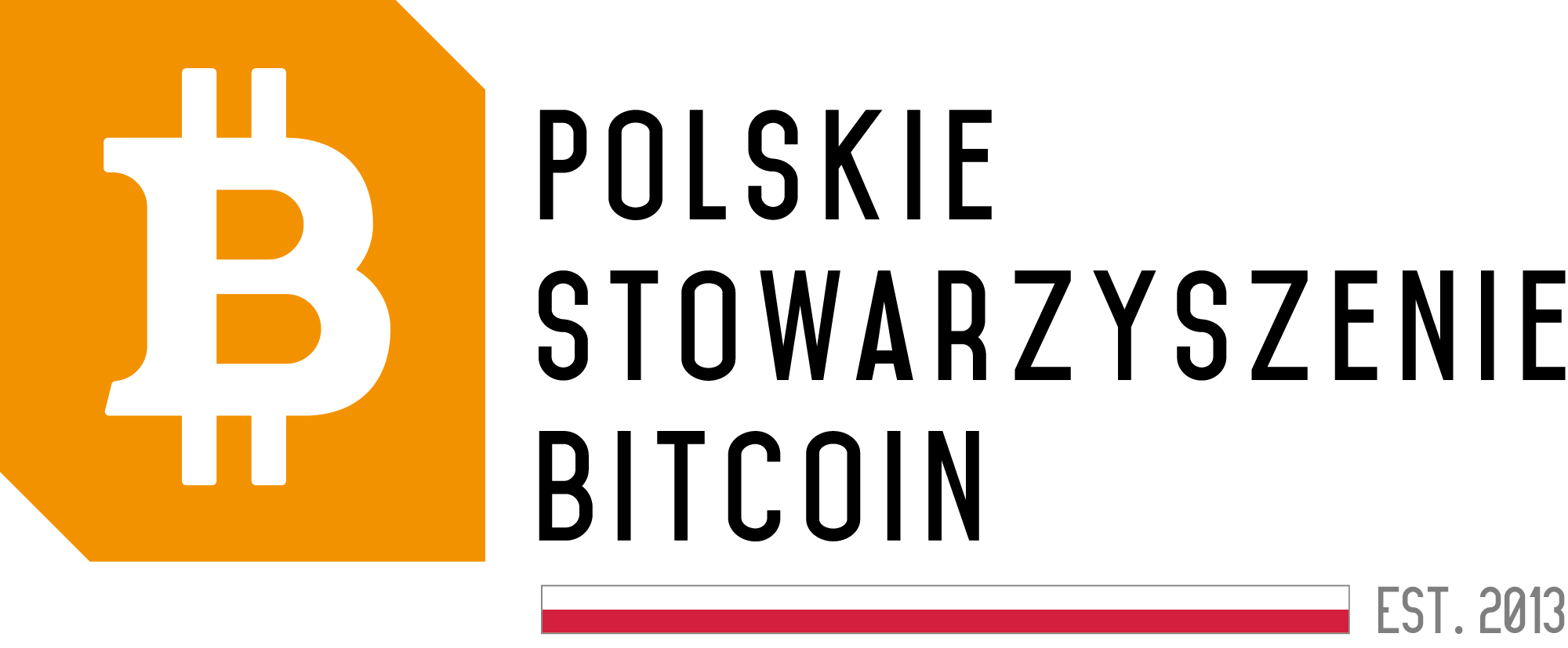Layer-2 in Blockchain: Key Aspects and Future
Blockchain, the technology underlying cryptocurrencies and many other applications, consists of three main layers, with one of the most important being Layer-2. Let’s explain what this layer exactly is and what significance it holds in the context of blockchain development.
What is Layer-2?
Layer-2 in blockchain plays a crucial role, enabling improvements in scalability, speed, and overall system efficiency. The main task of Layer-2 is to enhance the functioning of Layer-1 by implementing various techniques and solutions.
Importance and Benefits of Layer-2
One of the key aspects of Layer-2 is the ability to increase blockchain space and ensure greater efficiency in the entire system operation. Layer-2 also helps alleviate issues related to congestion and high transaction fees that may occur with a large number of blockchain users.
The list of the top three Layer-2 blockchains includes projects such as: Polygon (POL), Optimism (OP), and Arbitrum (ARB). These platforms stand out for their excellent scalability, lower transaction costs, and faster transaction processing times, making them increasingly popular among users.
Challenges and Future of Layer-2
Despite the many benefits brought by Layer-2, there are also some challenges associated with it. One of the main issues is the need to maintain the security of Layer-1, on which Layer-2 is built. Moreover, technological complexity and the need to adapt to changing market conditions pose further challenges for the development of this layer in blockchain.
The future of Layer-2 blockchains involves a continuous pursuit of resolving scalability issues, improving interoperability between Layer-1 and 2, and introducing innovative solutions that can further streamline the system’s operation.
In the context of the dynamic development of blockchain technology, Layer-2 plays a crucial role in enhancing the efficiency, performance, and security of the entire system. Through continuous improvement and the introduction of innovative solutions, Layer-2 forms the foundation for the future of blockchain, opening up new perspectives for its users and developers.







